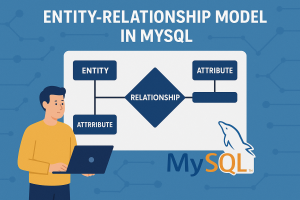
Data Analyst vs. Data Scientist: Clearing the Confusion in Data Careers
In the fast-growing world of data, roles are evolving quickly. Two titles you’ll often hear are “Data Analyst” and “Data Scientist.” They’re sometimes used interchangeably but are they really the same? Let’s break it down, clear up the confusion, and understand how each role fits into the modern data-driven landscape. What is a Data Scientist? A Data Scientist is often seen as the problem-solver who works at the intersection of statistics, machine learning, and programming. Their job goes beyond just looking at data they build predictive models and create systems that can learn patterns. A Data Scientist typically:• Cleans and processes raw datasets.• Builds machine learning models for forecasting, recommendations, or classifications.• Uses programming languages like Python, R, or Julia.• Works on big data platforms and cloud solutions.• Helps companies predict future trends using advanced algorithms. Think of them as architects who design intelligent solutions that transform data into actionable

MySQL: Entity-Relationship Model
Entity-Relationship model or E R model is used to create a relationship between different attributes or entities. It describes the structure of the database with the help of the ER Diagram or Entity Relationship Diagram. ER model creates a simple design view of the data that makes the data easier to understand. Example: Here, we have a database COMPANY, and in this database, EMPLOYEE is the entity (table). The employee entity contains several attributes like EMP_ID, EMP_NAME, EMP_ADDRESS, EMP_DATE_OF_BIRTH, EMP_AGE, and EMP_CONTACT. ER Model Components 1. Entity The entity in DBMS can be a real-world object having conceptual reality and existence. Example: In a COMPANY database, the entity type is EMPLOYEE. Here employees are real-world persons that have some existence. Entity Types Strong Entity Entities that don’t depend on other entities. Contains a primary key. Represented by a single rectangular box. Example: EMPLOYEE with EMP_ID as primary key. Weak Entity
